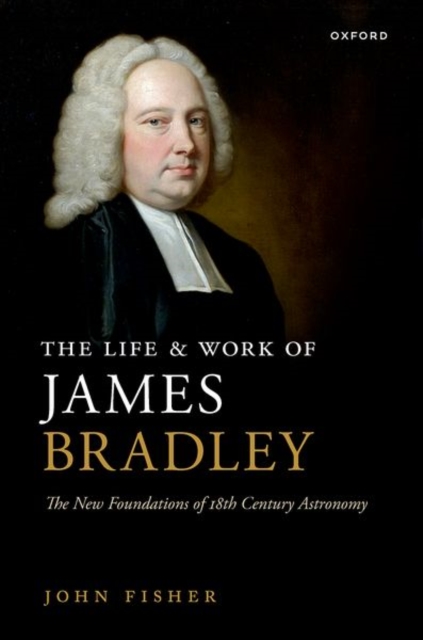The Life and Work of James Bradley
The New Foundations of 18th Century Astronomy
(Autor) John Fisher"James Bradley once the most celebrated astronomer in Europe is now an obscure figure, surprising given that he was the first to establish empirically that the Earth was a planet in motion around the Sun. Introduced to the science of positional astronomy by his uncle James Pound, he excelled in his abilities to make precise observations. Mentored by Edmond Halley, he observed Jupiter and its satellites, identifying the gravitational resonances of the three innermost Galilean satellites, before being proposed to the fellowship of the Royal Society by Halley with the approval of Newton. Elected to the Savilian Chair in Astronomy at Oxford he joined Samuel Molyneux and George Graham in the attempt to observe annual parallax at Kew, based on the attempt of Robert Hooke. This experiment revealed a counter-intuitive motion of the object star that defied all attempts at the resolution of the problem. He designed a research programme at Wanstead, when he studied the motions of 70 stars identifying a new discovered motion, later called the aberration of light. Recognising another motion within the residuals of his observations, he identified it as a nutation of the Earth's axis. He taught experimental philosophy at Oxford for 31 years. His final work as Astronomer Royal was a stellar survey of unprecedented dependability taking note of every possible cause of error, later reduced by Friedrich Wilhelm Bessel in his Fundamenta Astronomiæ, producing a stellar catalogue of 3,222 stars"--








